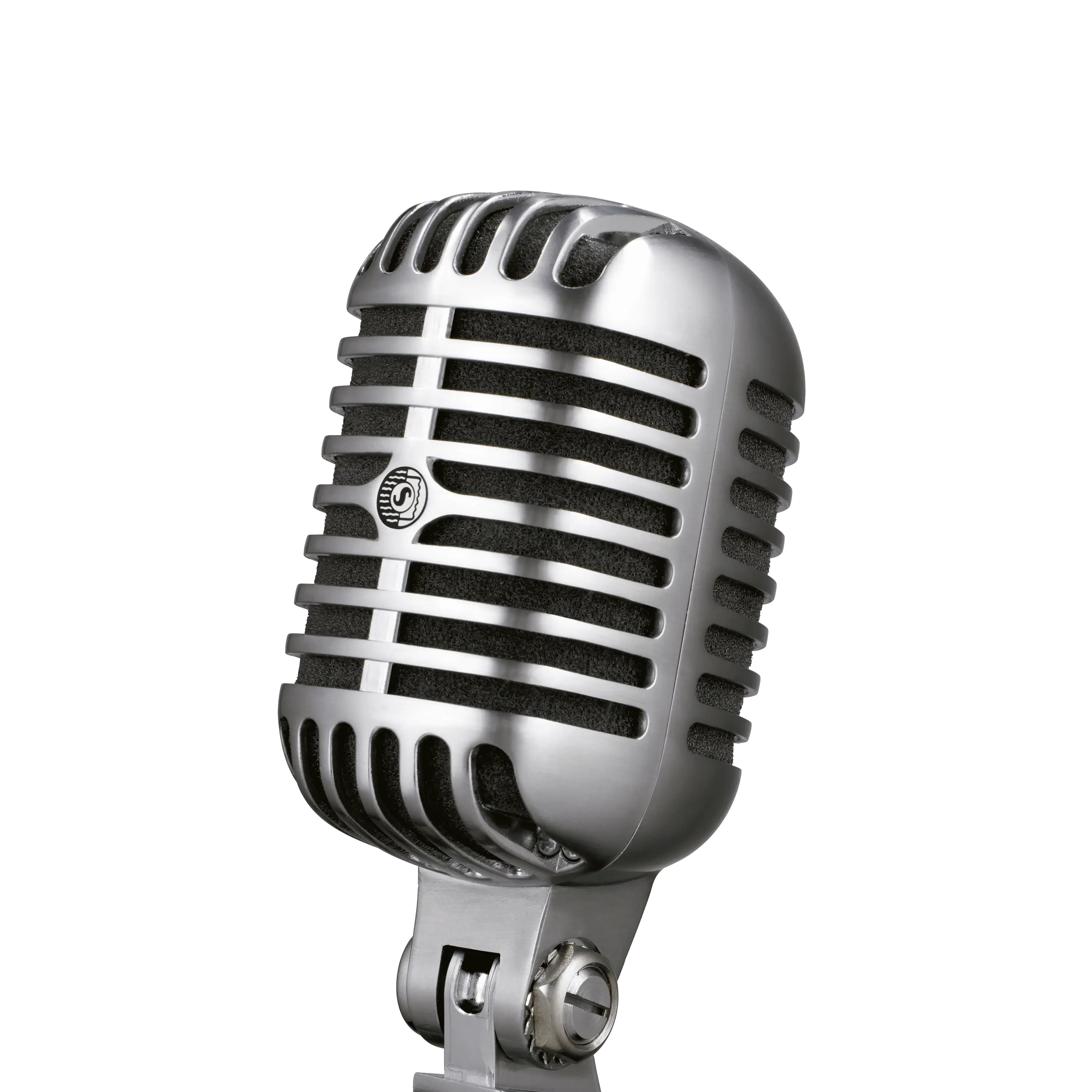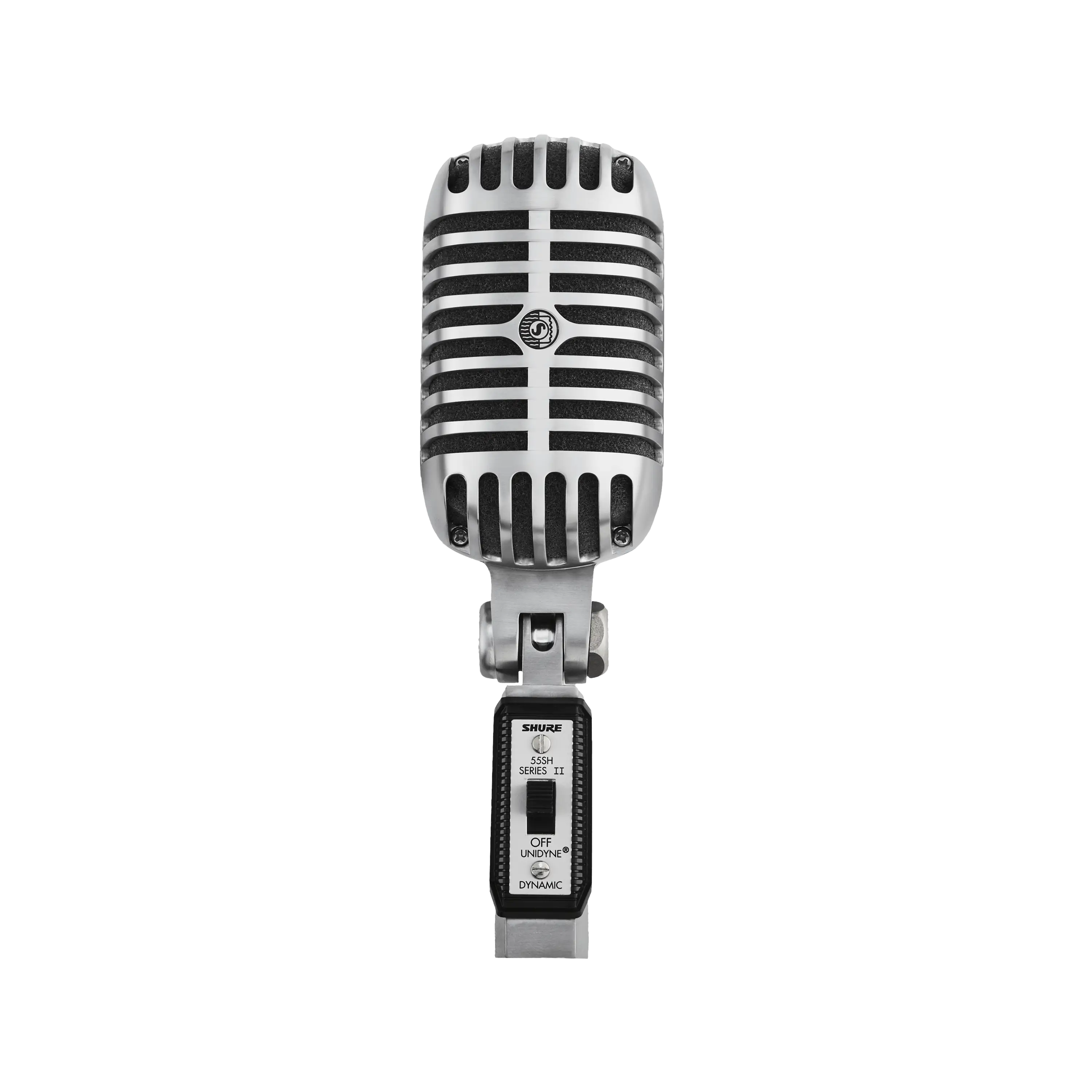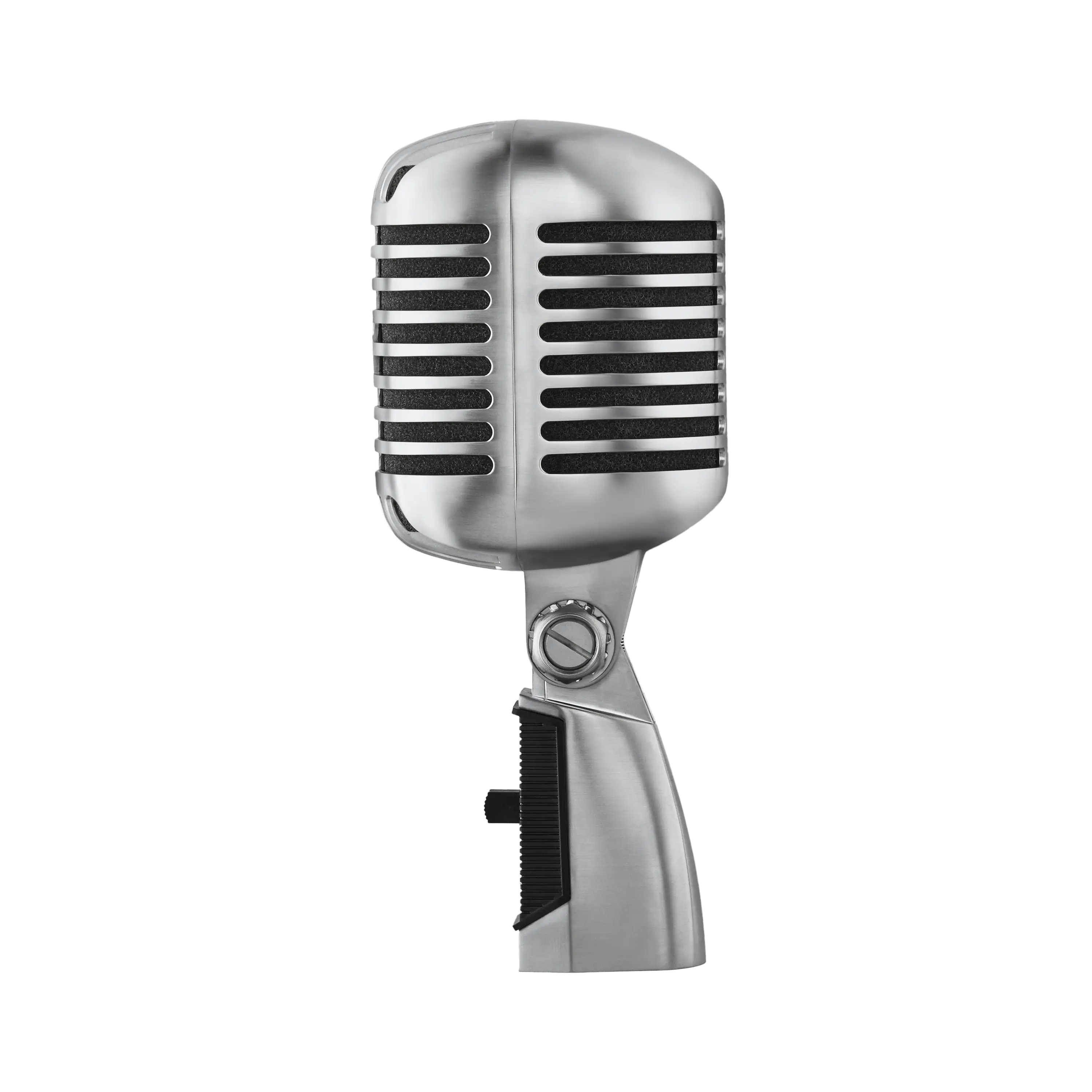The Unidyne Cuban Connection: Ben Bauer and Ernie Seeler

At one time, these pioneering inventors were both engineers at Shure. Bauer (1913-1979), created the Unidyne I and Unidyne II cartridges during his time at the company and Seeler (1920-1998) made the Unidyne III. But another remarkable connection came to light in recent years. In the 1920s, both spent their boyhood years in Havana, Cuba.

Island of Opportunity
In the 1920s, the Ashkenazi migration from Eastern Europe - primarily Russians, Poles, Czechs, and Hungarians – arrived in Cuba. Their ultimate destination was the United States, but the tightening of U.S. immigration policy forced them to find refuge in Cuba, then a welcoming and hospitable republic. The island nation fast became a waiting room for emigrating Jews. By 1925, the Jewish population in Cuba had grown to over 24,000.
Around the same time, Cuba’s global dominance of the sugar industry offered a wealth of export opportunities for foreign investment.
Father of the Unidyne I & II – The Ben Bauer Story
Ben Bauer was born Benjamin Baumzweiger on June 26, 1913, in Odesa in present day Ukraine. His family fled to escape armed conflict when he was eight years old, only to encounter anti-Semitism in Poland. By the time he was a teenager, his family had passed through several European countries before settling in Havana, Cuba.

In 1930, Ben moved to New York City after graduating from high school. He earned an Associate degree in Engineering at the Pratt Institute in Brooklyn before returning to Havana for a service/repair position at the Giralt Radio Company. Determined to self-finance his education and pursue an Electrical Engineering degree, he entered a five-year work-study program at the University of Cincinnati. Fortuitously, the program brought him to the attention of Shure.
Upon Ben’s graduation from the University of Cincinnati in 1937, S.N. Shure, recognizing the intern’s genius, offered him the position of Acoustical Engineer. In less than two years, Ben developed the world’s first unidirectional, single element, moving coil dynamic microphone.
Bauer's Unidyne design was configured so that the microphone had a series of front and rear openings which allow sound waves to reach both sides of the element's diaphragm. The sound waves reaching the diaphragm from the rear had a longer path and passed through openings that produced a delay between the sound entering from the rear and sound striking the front of the diaphragm. By varying the amounts of acoustical resistance encountered at the rear openings, Bauer was able to achieve unidirectional patterns using a single element. The first unidirectional, single element, moving coil dynamic microphone became reality.

The Unidyne set a new standard of high-quality audio pickup combined with discrimination against unwanted sounds. The Model 55 Series quickly became a mainstay in the world of professional audio. Celebrities, entertainers, and politicians relied on them. Shure Unidynes survived wartime service and were familiar fixtures at critical moments in history.
The Unidyne remained popular for the next 12 years. In 1951, Shure unveiled Bauer’s new "Small Unidyne" microphone, featuring the Unidyne II cartridge, that improved upon the features which made the original Unidyne such a success. The “Small Unidynes” were lighter in weight and more compact than the originals. These iconic microphones, first known as the Model 55S, have been in production ever since.

Ben Bauer left Shure for CBS Labs in 1957. Over his long career, he lent his talents to acoustic devices for the Allied WWII effort, collaborated on the sonobuoy submarine detection system for the US military, advanced quadrophonic sound, and amassed over 100 patents.
Father of the Unidyne III – The Ernie Seeler Story
In 1920, Charles Ernest (“Ernie”) Seeler was born to an American mother and German father who operated an import/export business in Havana, Cuba. Late in the decade, Ernie’s father anticipated the looming stock market crash, sold the business, packed up the family, and returned to Germany.

According to Seeler’s nephew, Oliver Seeler, “Ernie's Cuban birth, as well as that of his older brother Otto, turned out to be a strange and wonderful asset”. The boys were never drafted into the German army or harassed by the Nazis. Though according to the Seeler family, Ernie was once arrested in Germany for distributing anti-Nazi literature.
Ernie attended university in Berlin and Darmstadt, earning a Bachelor of Science in 1942 and Master of Science degrees in 1944. Because he maintained Cuban citizenship while studying in Germany, he was allowed to emigrate to the United States.
Ernie joined Shure as Development Engineer in 1953 and by the end of that decade, had developed (under the tutelage of then Vice President of Engineering Ben Bauer) a new Unidyne microphone cartridge that once again revolutionized the pro audio world.
That capsule was the Unidyne III – the first Shure unidirectional model where the performer sang into the end of the mic. With the earlier Unidyne I and Unidyne II mics, the performer sang into the side.
A key benefits of a well-designed, cylindrical mic (symmetrical around its axis) is the uniformity of the polar pattern, providing better gain-before-feedback. The design also meant that sound systems could be louder and concert venues could be larger. His shock-mount improvements significantly reduced handling noise. The advanced physics and math required to accomplish this attest to Ernie’s brilliance.
In 1959, the Unidyne III microphone cartridge debuted in the Model 545 as the world’s smallest cardioid moving coil dynamic microphone. In 1965, the Unidyne III element and the slender handheld design of the Model 545 spawned the model SM57 microphone that helped launch the famous SM series. The Unidyne III mics led to concerts in stadiums - as well as large outdoor events like Woodstock in 1969 – where nearly all the microphones were Shure 565 models.

It's worth noting that Ernie wanted the frequency response of the Unidyne III to be flat. He was disappointed with the rising presence peak, considering it a flaw in his design. Yet, the presence peak became the signature sound of the Unidyne III family of microphones. Without it, who knows if the SM57 and SM58® would have maintained their popularity over five decades.
Ernie remained at Shure until 1997, when he retired. It’s probably no surprise that a man, born in 1920 and educated in Europe, preferred classical music to the rock music that made his SM58® the No. 1 vocal microphone in the world. Surprised by its widespread adoption on the rock stage, Ernie said, "I love classical music, but rock and roll, I don't take it very seriously.”
The Shure Connection
From 1926 to 1930, Havana was home to both Ben and Ernie. That they crossed paths is doubtful. In those years, Ben was a teenager and Ernie was a young child. Further, the expatriate community at the time was large.
Less than three decades later, Bauer and Seeler were Shure colleagues. Ben headed the Engineering Department and would have been involved in the development of Ernie’s Unidyne III cartridge design.
Tireless and indefatigable inventors, it doesn’t seem likely that these two would have spent much time at the water cooler reminiscing about times gone by in Cuba.
On the other hand, we’ll never know.













